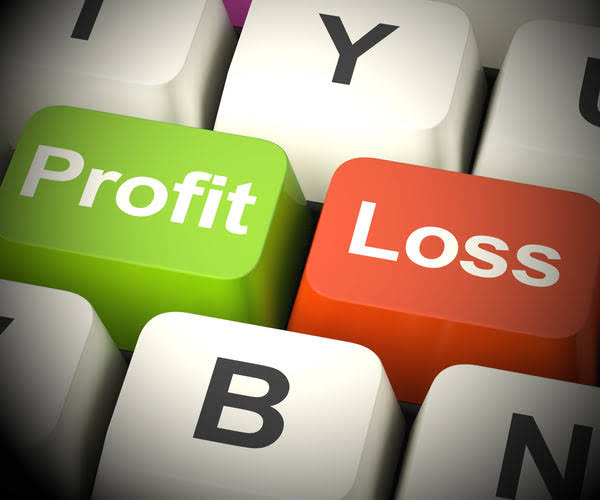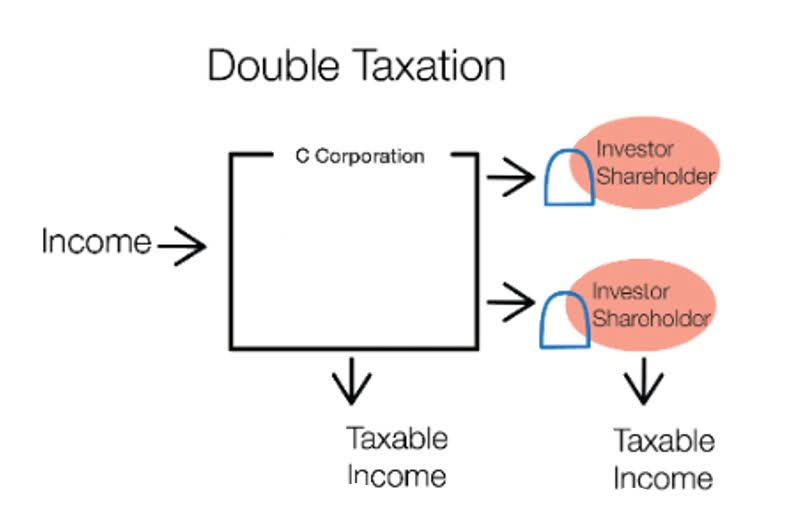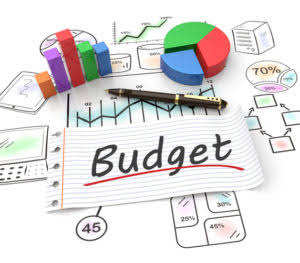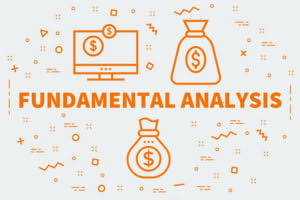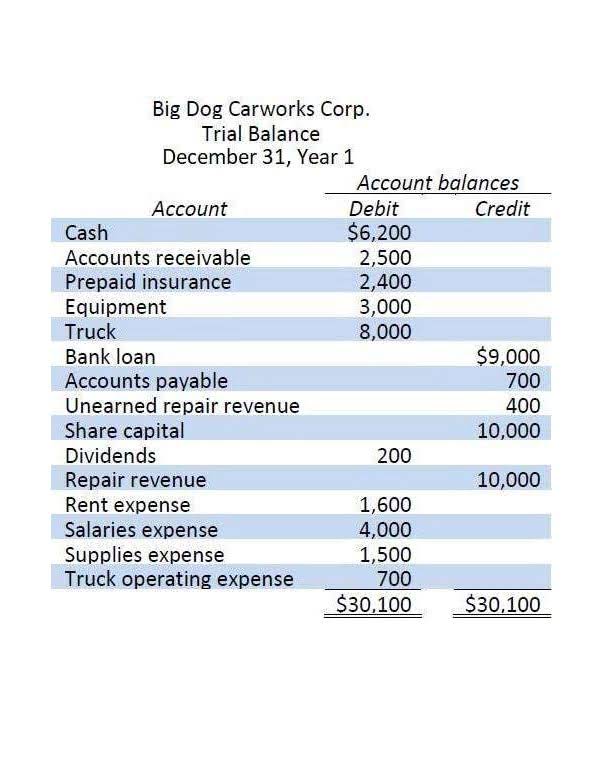This differs from accounting treatment, where reserves are based on anticipated losses. The resulting timing difference often requires adjustments in deferred tax assets or liabilities. Bad debt reserves play a key role in budgeting, helping businesses anticipate potential financial discrepancies from uncollected revenues. By estimating uncollectible receivables, companies can create more accurate forecasts and allocate resources effectively.
Contra Liability Example – Financing Fees
One common method is the percentage of sales approach, where a company estimates bad debts as a fixed percentage of its credit sales. This percentage is typically derived from historical data, reflecting the average rate of uncollectible accounts over previous periods. For instance, if a company has historically experienced a 2% bad debt rate on its credit sales, it might apply this rate to its current period’s credit sales to estimate bad debts. This method is straightforward and aligns closely with the company’s revenue-generating activities.
Accounting Entries
Depreciation is an offset of the value of PP&E (Property, Plant, and Equipment). As mentioned, there can be a contra account for any type of transaction depending on a company’s needs. Other than the above contra-asset accounts, we often see contra-revenue accounts for any sales returns or sales rebates.
- While the term may sound technical, a contra account is simply a tool that enhances financial reporting by offering a clearer, more detailed view of a company’s financial health.
- By understanding the types—contra asset, contra liability, contra equity, and contra revenue—and their practical applications, you can better appreciate how they contribute to transparent and reliable financial reporting.
- As the bond matures, the carrying value of the bonds will decrease, and the bond discount will be fully amortized.
- In order to keep the accounts receivables as clean as possible with their historical values, we will use this contra account called allowance for doubtful accounts.
- For example, a small retailer might use the direct write-off method, recording a bad debt expense only when it becomes clear that a customer will not pay.
As such, for an asset or expense account that is naturally a debit account, the contra accounts will be in a credit position. For a liability or revenue account that are naturally credit accounts, the contra accounts will be in a debit position. Contra accounts can be asset accounts, liability accounts, or equity accounts, and they are used to reduce the value of a related account. A contra account is used to offset the balance of a corresponding account, allowing a company to report the original amount and also report a reduction so that the net amount will also be reported. This is useful for reporting the original amount and the reduction, such as the original amount of accounts receivable and the amount expected to be uncollectible. Explore how bad debts affect revenue recognition and overall financial health, and learn methods for accurate estimation and accounting.
- A contra account is used to offset the balance of a corresponding account, allowing a company to report the original amount and also report a reduction so that the net amount will also be reported.
- A contra account is a general ledger account with a balance that is the opposite of another, related account that it is paired with.
- Contra accounts are used in a general ledger, and the net amount may also be referred to as the carrying amount or the net realizable amount.
- As in my tools example, the individual or company could end up owing more to the other business when the debtor is also a vendor.
Revenue Contra Account
This adjustment is critical for stakeholders making decisions based on asset valuations. Or, if the contra liability account balance is immaterial, the accounting staff could elect not to keep a balance in the account at all. When the amount is material, the line item is typically presented separately on the balance sheet, below the liability account with which it is paired. The debit balances in the above accounts are amortized or allocated to an expense, such as Interest Expense over the life of the bonds or notes payable. The amount in the accumulated depreciation account is deducted from the assets of a company, such as buildings, vehicles and equipment.
What Is a Non-Current Asset and How Is It Classified?
The core principle of revenue recognition is encapsulated in the five-step model introduced by the Financial Accounting Standards Board (FASB) and the International Accounting Standards Board (IASB). This model begins with identifying the contract with a customer, followed by identifying the performance obligations within the contract. The next step involves determining the transaction price, which is then allocated to the performance obligations. Finally, revenue is recognized when the performance obligations are satisfied, either over time or at a point in time. Under IFRS, the company is required to recalculate the effective interest rate base on the actual cash flow.
If the bond is sold at a discount, the company will record the cash received from the bond sale as “cash”, and will offset the discount in the contra liability account. In finance, a contra liability account is one that is debited for the explicit purpose of offsetting a credit to another liability account. In other words, the contra liability account is used to adjust the book value of an asset or liability. Bad debts can significantly influence a company’s financial health, affecting both its revenue recognition and overall fiscal stability. These uncollectible receivables not only distort the true picture of earnings but also pose challenges in maintaining accurate financial statements.
Estimating bad debt reserves contradebt involves predicting uncollectible receivables to comply with accounting standards like GAAP and IFRS. Contra entries influence financial metrics like net income, asset turnover ratios, and liquidity measures. For instance, accumulated depreciation affects the asset turnover ratio by reducing the book value of assets, influencing investment decisions.
This is done to ensure accurate financial reporting and to provide a clear picture of the company’s financial position. Economic conditions, changes in customer creditworthiness, and industry trends can all influence the likelihood of receivables becoming uncollectible. For instance, during an economic downturn, a company might increase its bad debt estimate to account for the higher risk of customer defaults. Similarly, if a major customer is experiencing financial difficulties, the company might adjust its estimates to reflect the increased risk. This approach ensures that the estimation process is dynamic and responsive to external factors, providing a more accurate reflection of potential bad debts.
In a default situation, the amounts are offset, and the receivable value is lower or nonexistent. For example, a company has total fixed assets worth of $50,000 for the year ended 2019. Since we are unsure of exactly which customer would default his payment, we can’t directly credit the accounts receivable account or the accounts receivable subsidiary ledger. Taking the example of CCC again, the company has $50,000 in accounts receivable at year-end of December 31.


